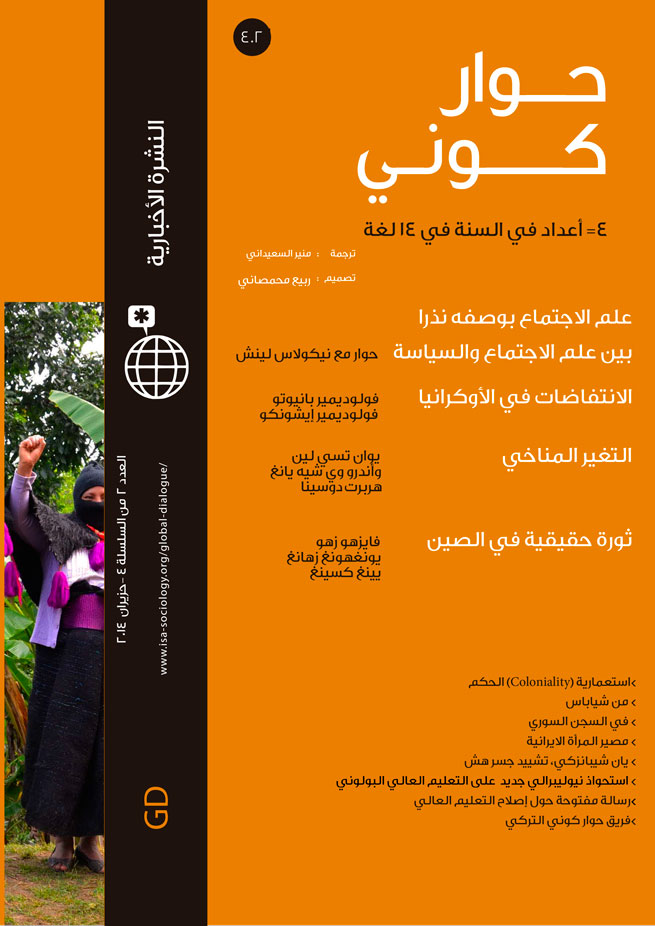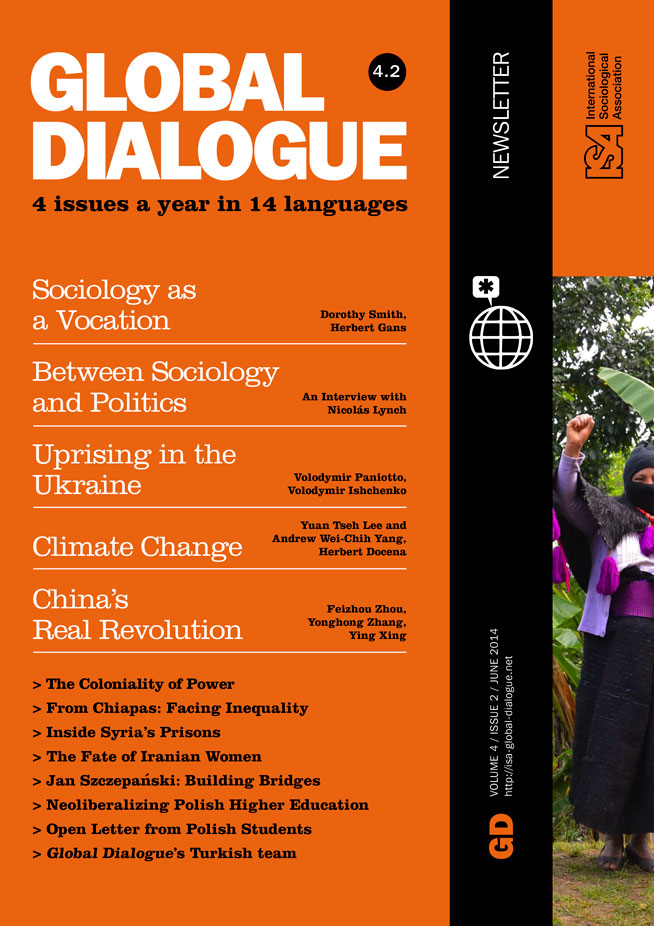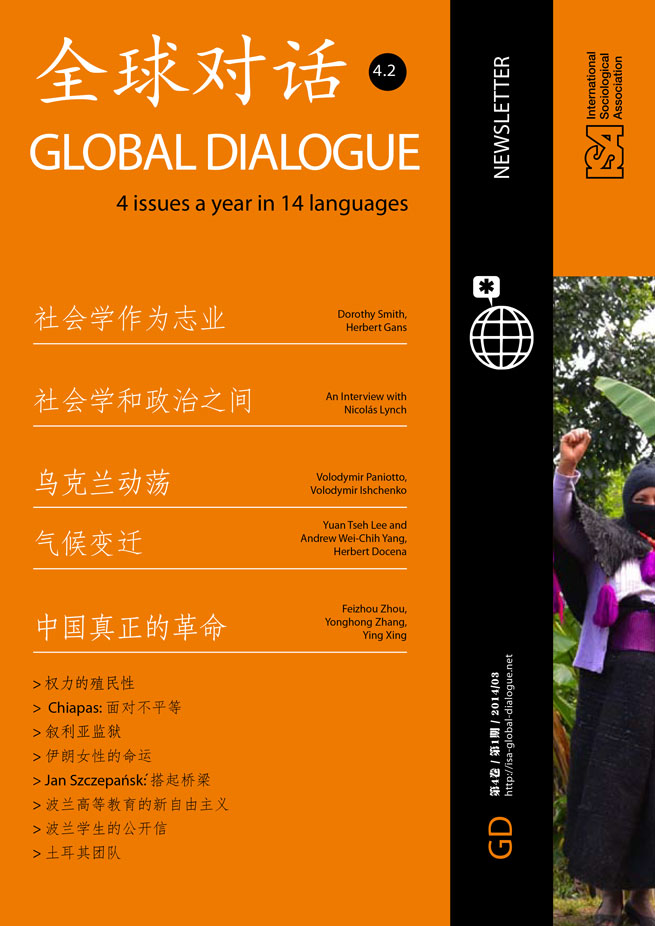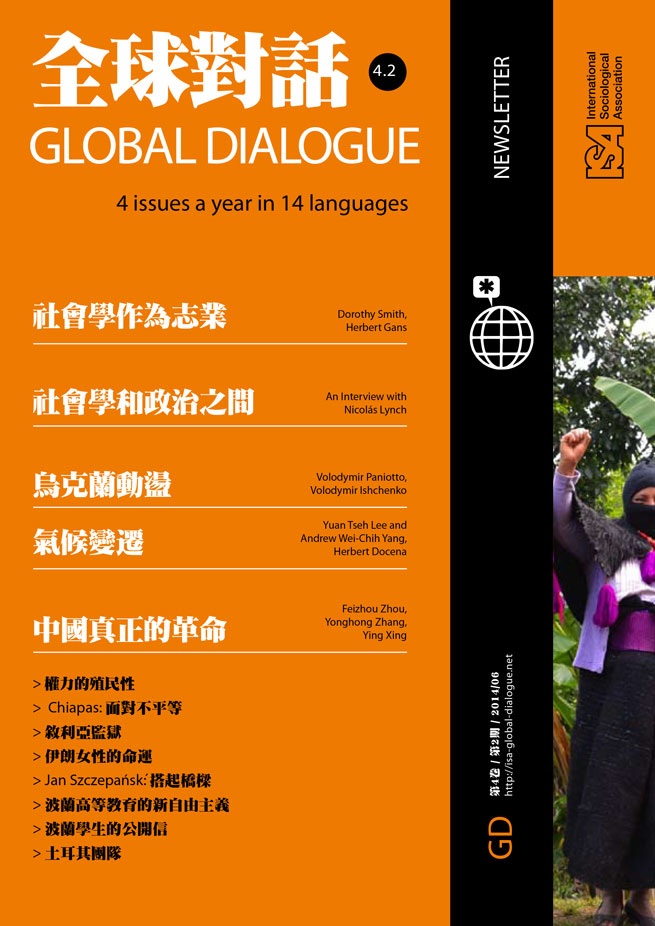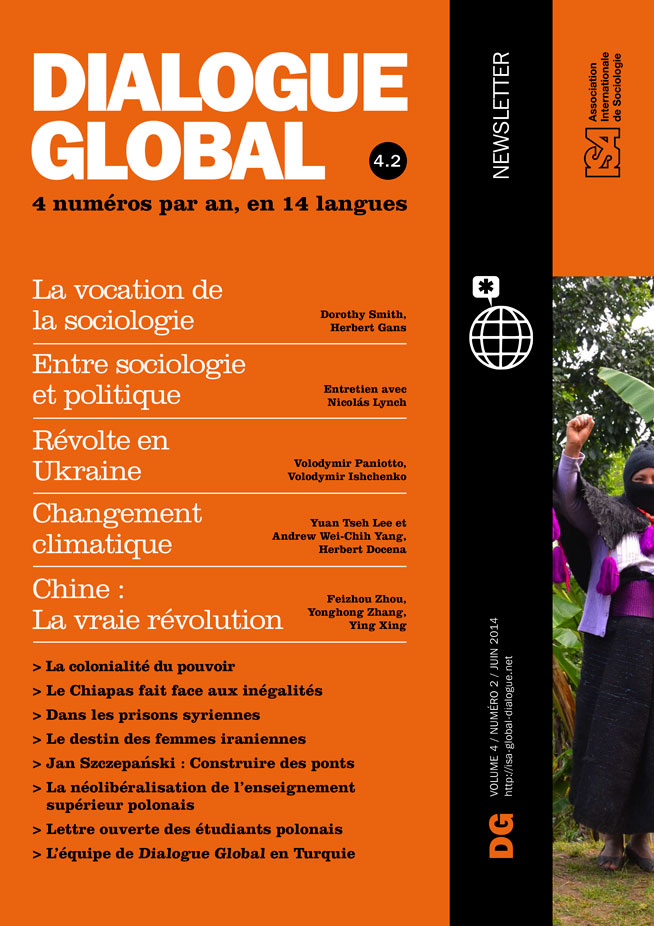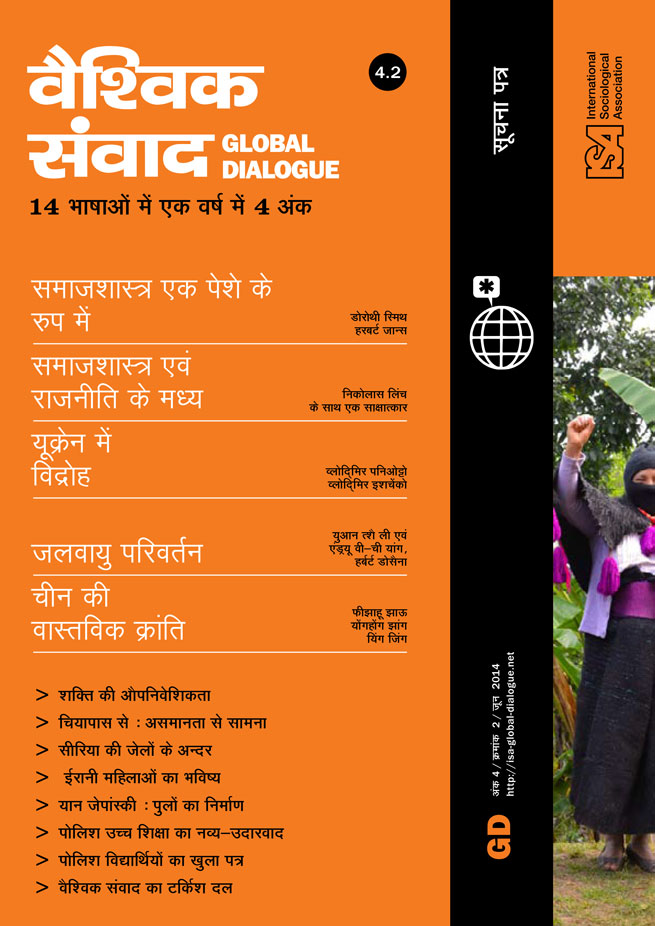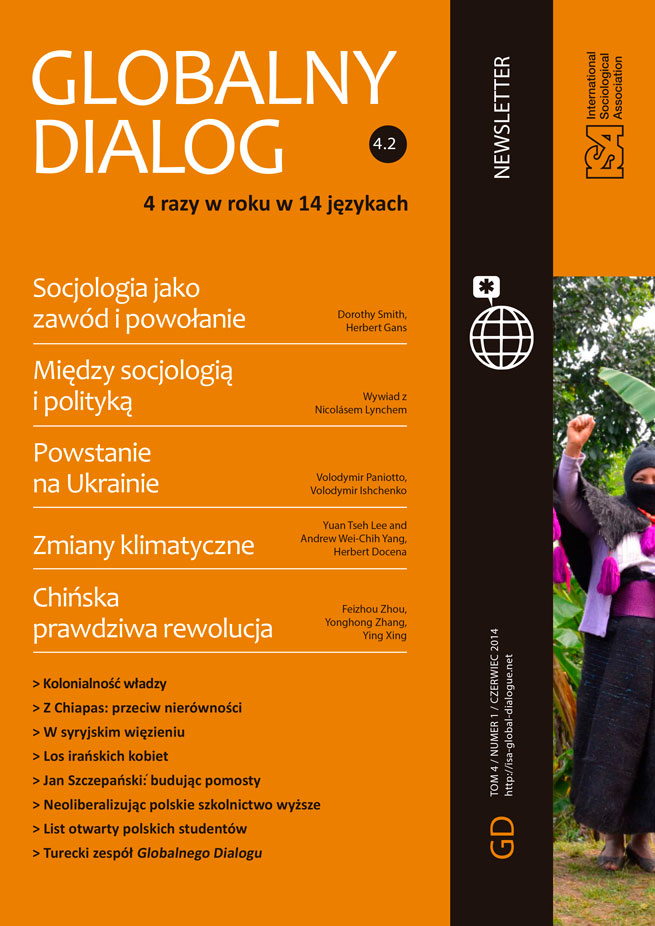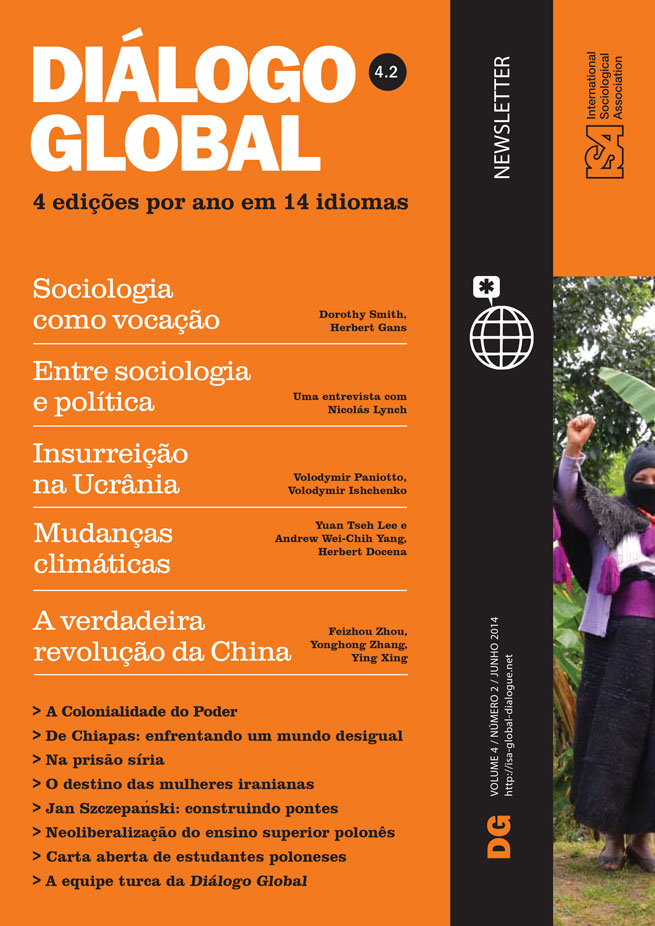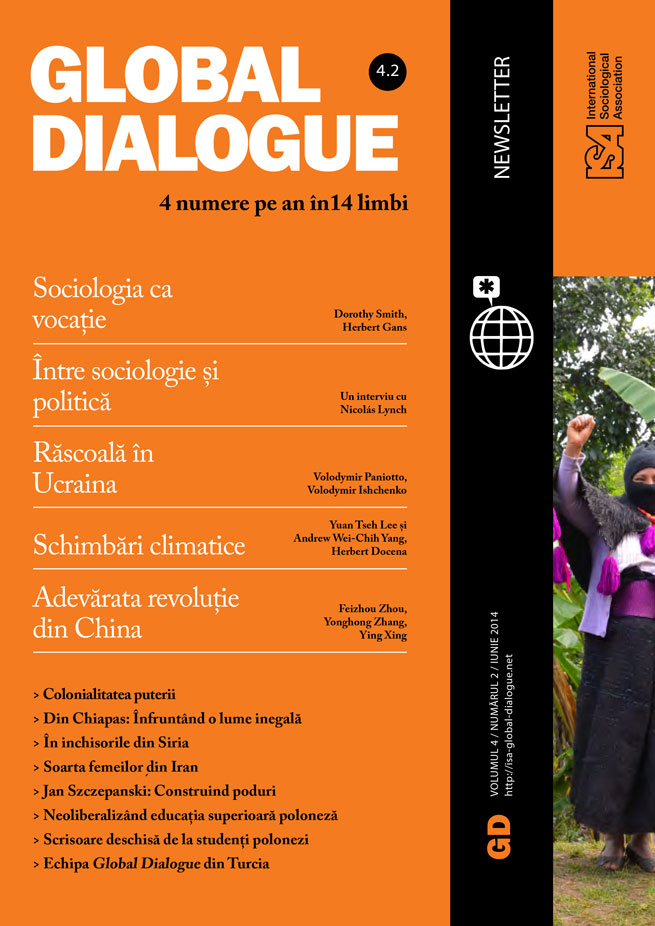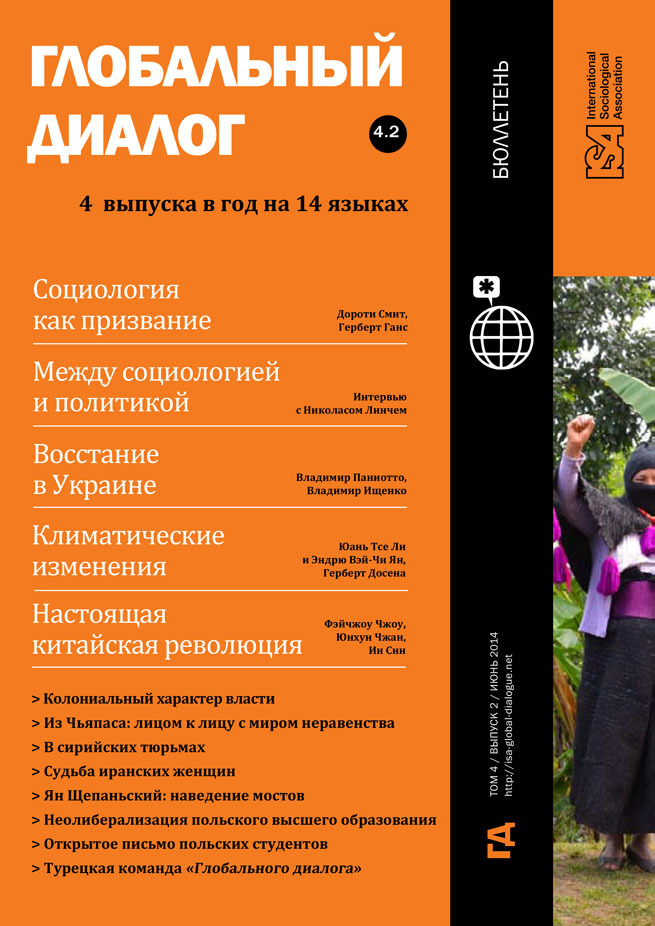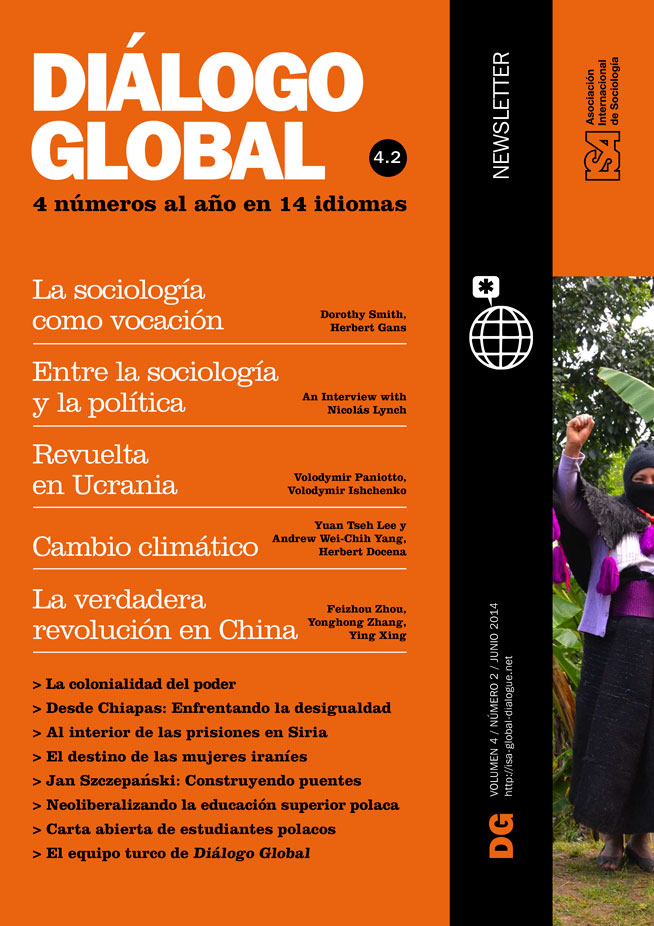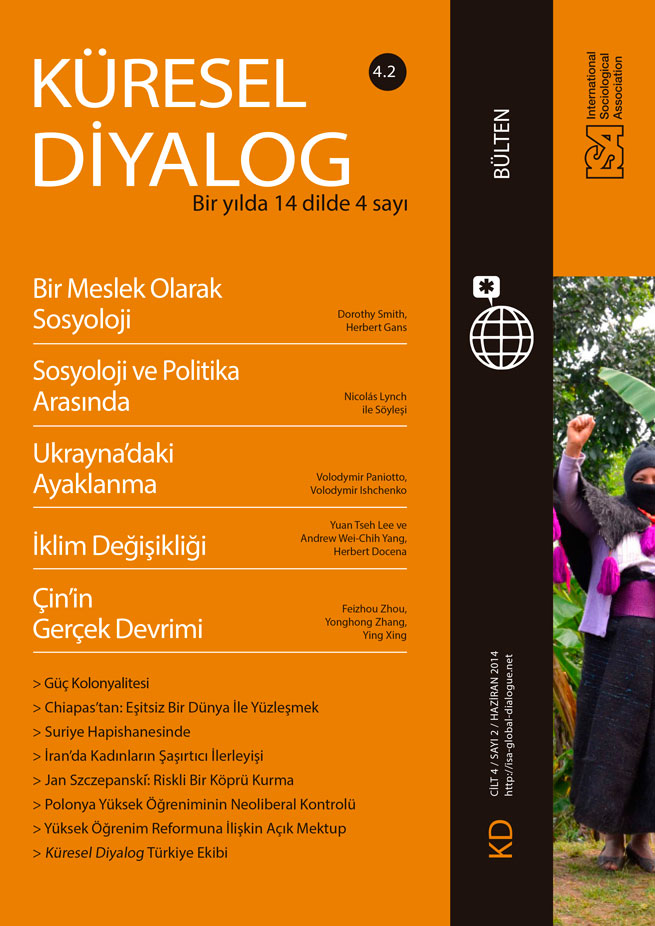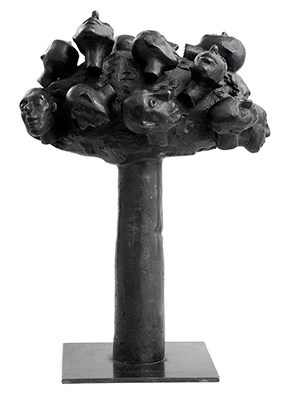Read more about From the Middle East

Ambiguous Progress for Women in Iran
by Shirin Ahmad-Nia
May 17, 2014
The Qatari-financed report drafted by an independent team of former UN prosecutors, which analyzed thousands of smuggled photographs of corpses of starved and tortured detainees in Syrian detention centers, provided further evidence of an already suspected “industrial scale” killing of detainees. The report followed similar accounts by Syrian grassroots human rights organizations, which described the atrocious conditions of detention in present-day Syrian regime’s prisons. This essay will focus on the testimonies rather than the images. Indeed, there is now abundant documentation of testimonies from detainees who have survived Syrian prisons. I look at how prisoners survived the space of detention, how their bodies lived through the slow descent to the bottom, towards the limit between life and death, and how they witnessed other detainees “disconnecting,” before they vanished. I ask whether and to what extent the devastating experience of the Muselmänner, which had marked Auschwitz in the memory of Primo Levi and many other survivors, and which Giorgio Agamben recently turned into a paradigm, can help us understand both the present tragedy of “disconnected” detainees in Syrian prisons and the calamities inflicted upon the Syrian political space.
According to the testimonies of many survivors, there are growing numbers of detainees, arrested for involvement in peaceful demonstrations or relief work, who may have perished in detention and their bodies buried in secret mass graves. The testimonies of survivors frequently point to how detainees face a crushing limited space and excessive overpopulation in the place of detention. The extreme conditions of torture become routine. Violence and inhuman degradation are not confined to interrogation sessions, but appear to be part and parcel of the life of an inmate in a Syrian detention center.
Testimonies collected by the Syrian grassroots NGO, the Violation Documentation Center (VDC) – co-founded by the renowned and now abducted lawyer, Razan Zeitouneh – indicate that the jailors frequently resort to starving detainees to bring them to the brink of collapse. Starvation appears to be used both as a torture technique, and as a means to inscribe hunger into the memories of survivors, as characteristic of the quotidien of detention. The harsh conditions of detention frequently led to what may be described as “disconnection.” Here is how a survivor described a military intelligence detention center located in Qaboun in Damascus where numerous inmates “disconnected” because of the conditions in his cell:
I was put in a two by five meter cell with about 180 detainees. There were a lot of “disconnected” inmates. This is a word we used to designate those detainees who start to speak and act in a disoriented way due to extreme torture and the very high temperature inside the cells… We used to see one or two detainees who disconnected every day due to the psychological pressure, the moist and hot weather… The detainee would start to say and do very strange and meaningless things…
When a disconnected detainee vanishes, there is a system of evacuating corpses from the cell, and taking them out of the detention center. In some detention centers, the evacuation is entrusted to veteran detainees, who would be forced to collect dead corpses and carry them out. In other detention centers, so-called “consolation” rooms are created, often adjacent to washrooms, for the disconnected and the dead. The memories of survivors fixate on the corridors outside the cells, where the bodies of the disconnected detainees are amassed near the washrooms, awaiting and receiving their slow death. Here is how a survivor described his experience looking into the eyes of disconnected detainees:
Every day about twenty detainees were thrown into the corridor to meet their “destiny” and slow death… The cases ranged between detainees who were about to die because of severe torture, disconnection or high temperature, and those who looked like skeletons out of acute ulcerations. They peed in the same place, which was full of pus and blood. They were about to perish. Their eyes remained open and capable of focusing a look, as though to ask the inmates who were able to walk, to testify about their suffering to the outside world.
One is particularly stricken by this extended moment in the experience of the detainee, when the mind simply disconnects or shuts down, leaving the body in a kind of vegetating condition, before it perishes. One is obviously tempted to draw parallels with the figure of the Muselmann, known in the Auschwitz concentration camp, which Giorgio Agamben recently epitomized in his 2005 book Remnants of Auschwitz. It was Primo Levi who, as a survivor of Auschwitz, first testified in his 1946 book, If this is a Man, to the existence of a category of detainees in Auschwitz which were called by the SS as well as the other detainees the Muselmänner, or the Muslims. The description of Levi was graphic: the Muselmänner were the “drowned,” or the “non-men” who populated Auschwitz. They were those who “marched in silence,” with bodies in “decay,” their heads “dropped and shoulders curved,” and on whose faces and in whose eyes “not a trace of thought is to be seen.” According to testimonies of survivors, the figure of the Muselmann, as the “living dead,” “walking corpse,” a “moving skeleton,” a “mummy-man,” was known in other concentration camps, but under different names. There is little research on the origin, and the extremely pejorative use of the term Muselmann.
With the figure of the Muselmann Agamben was interested in two interrelated questions: how it was possible to bear witness to the extreme situation of the concentration camp, where the intentions of the Nazis purported to annihilate all prisoners and any possibility of testimony; and how Nazi power ultimately “desubjectivied” human beings. Agamben showed how by starving the “other,” by letting that “other” reach the condition of the Muselmann, power gains time. It erects a “third realm” between life and death. The condition of the Muselmann epitomizes the triumph of power over human beings, by desubjectivying them, and by reducing them to their biological existence. Power lets them survive in the condition of bare life.
Although one is tempted to draw parallels with the “disconnecting” Syrian detainee who in effect is desubjectivied with his conscious life separated from his biological life, this common experience stops here. Indeed there are many differences between the Muselmann of Auschwitz and the “disconnected” Syrian detainee. The condition of the Muselmann was incidental to Auschwitz, as the entire enterprise was geared to annihilation, including of the possibility of testimony. In contrast, the condition of the “disconnected” Syrian plays a central role in the overall machinery of the Syrian regime’s power. The image of the “disconnected” serves the primary function of setting an example. It must be carved into the memory of survivors. The testimony of survivors constitutes and completes the condition of the “disconnected.” There is no “disconnected” without the survivor, and no survivor without the “disconnected.” The experience of the “disconnected” must be relayed by survivors as part of the regime’s relentless effort to inscribe fear in the minds of Syrians.
Furthermore, the “muselmannization” of Syrian detainees exemplifies how the regime represents and deals with the Syrian political space. The regime’s power machinery is not primarily geared to eliminating a category of population, but more to removing the capacity of the people to develop any oppositional collective political claims in a public place, by reducing the people to a mere biopolitical fact, or a population to be regimented and disposed of at will. Elimination by way of industrial-scale murder, destruction and displacement is not the end of power, but only a means used by the regime to reconquer and subdue society. In the face of peaceful political mobilization, the regime arrests protestors and throws them into its infernal prisons, which are organized to strip them of the very consciousness of political rights, by bringing them into a state of disconnection, and then expelling the dead among them as mere biological waste.
Is one able to draw a parallel between the trauma inflicted on individual bodies in Syrian detention centers, and that inflicted on the Syrian body politic: torture of the body here, destruction of entire cities there; bringing detainees to disconnect here, obliterating public squares where citizens peacefully assemble to express political aspirations there; ejection of corpses of detainees here; dislodging of civilians there? Surely, this is a theoretically facile and unsustainable parallel, but it strikingly expresses the lived reality of the Syrian tragedy, which is fundamentally marked by the regime’s systematic crushing of any civil and peaceful movement for political freedom.
Abdulhay Sayed, formerly with the University of Damascus, Syria
This issue is not available yet in this language.
Request to be notified when the issue is available in your language.
If you prefer, you can access previous issues available in your language:
